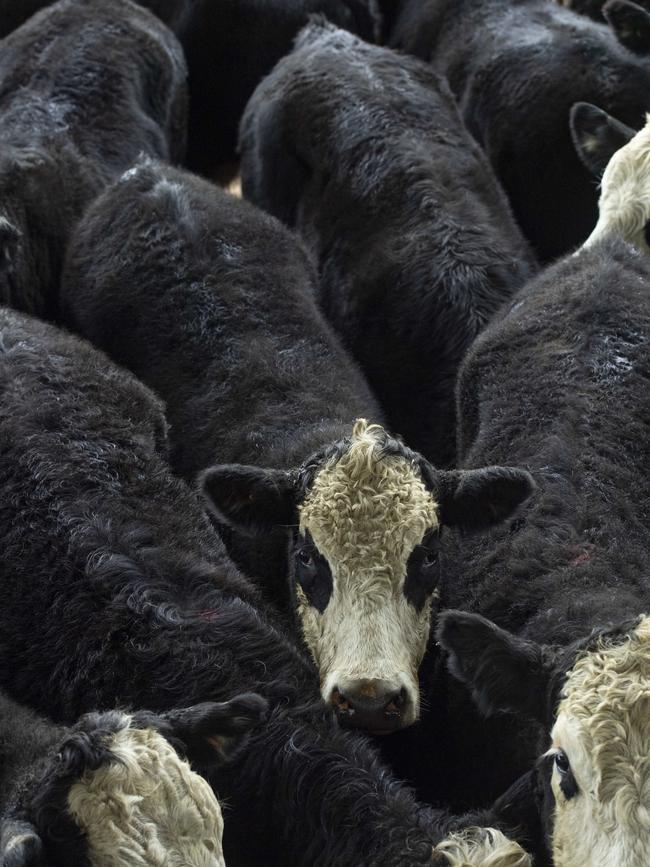National cattle herd: Predictions for growth
More cattle, high slaughter numbers and falling prices: predictions for the beef industry are a troubling mix.
Big lifts in slaughter rates will not be enough to stop the national herd reaching a four-decade high of 29.24 million cattle in 2025.
And in the shorter term, there appears no upside for prices, with a fall looming for the benchmark Eastern Young Cattle Indicator according to analysts.
Meat and Livestock Australia released its cattle projections this week (June 20), which predicted that within two years the national herd would be the biggest since 1978.
While numbers are expected to slip slightly next year to 28.97 million due to higher slaughter rates, the projected herd is still expected to continue its shift upwards.
NSW will lead the charge with the biggest herd in a decade while Victoria’s cattle numbers will be above its long-term average.
The bold projections come as the industry is facing drastic drops in prices and dwindling profitability, driven in part by talk of El Nino.
But the MLA maintains the industry is on track to lift numbers.
“The longer term outlook of higher supply is ensured, with above-average marking rates continuing despite a forecast return to average or below average seasons,” MLA senior market analyst Ripley Atkinson said.
“The genetic investment producers have made in building a productive, fertile breeding herd during the past three years will contribute significantly to delivering high supplies of young cattle into 2024.”

This may not be the news producers were hoping for, as the industry struggles this winter with finding kill space for cattle and some processors booked up weeks or months in advance according to the Australian Meat Industry Council.
Slaughter in the first quarter of this year was up 15 per cent and the MLA projections put the expected total for this year at 6.95 million cattle.
Mr Atkinson said slaughter numbers were boosted by grass-fed cattle coming out of Queensland, and especially the Channel Country, which has had a good season, as well as “significantly higher” numbers of cast for age cows.
MLA projects next year’s slaughter will be even higher, at 7.4 million cattle or near the 10-year average, but will rise to 8.35 million in 2025.
Total beef production for this year is expected to be 2.2 million tonnes, but this could rise to 2.6 million tonnes by 2025 as the bigger herd size flows through.
MLA includes price forecasts in its cattle projection, produced by a panel of industry analysts, which are predicting the benchmark Eastern Young Cattle Indicator will average 555c/kg at the end of September and 546c/kg by the end of they year.
The predictions have the feeder steer price sitting at 303c/kg in September and 298c/kg by December.




